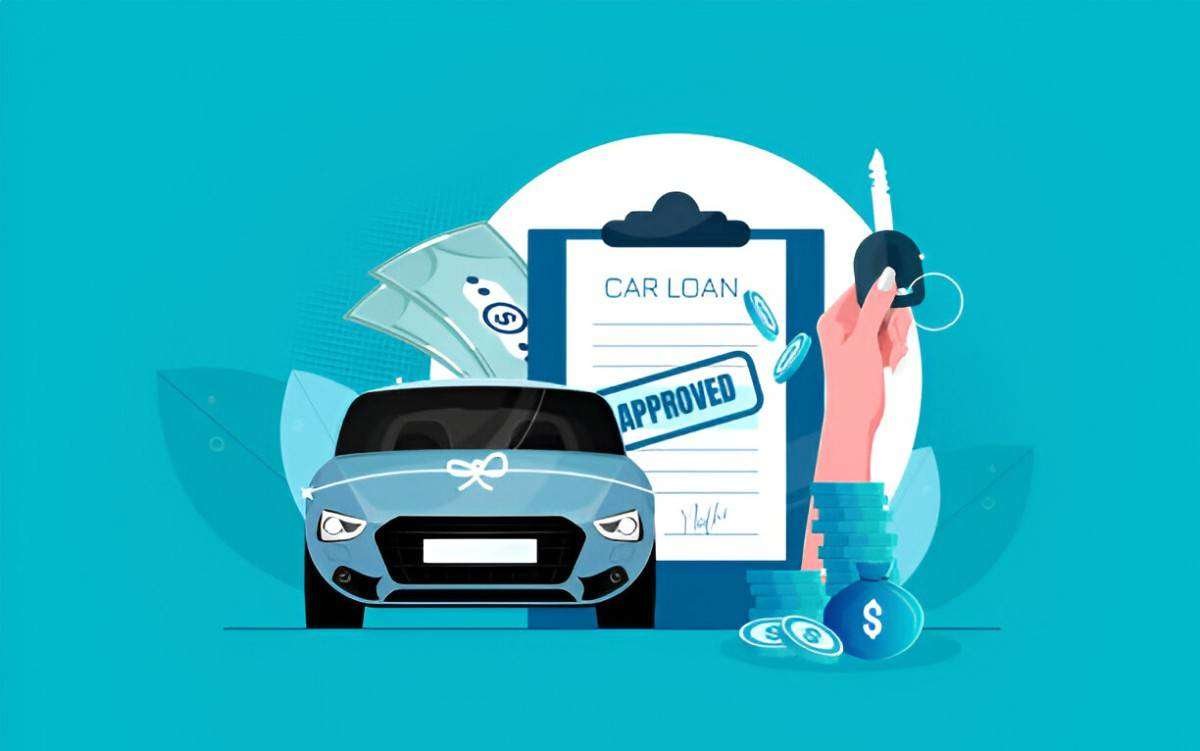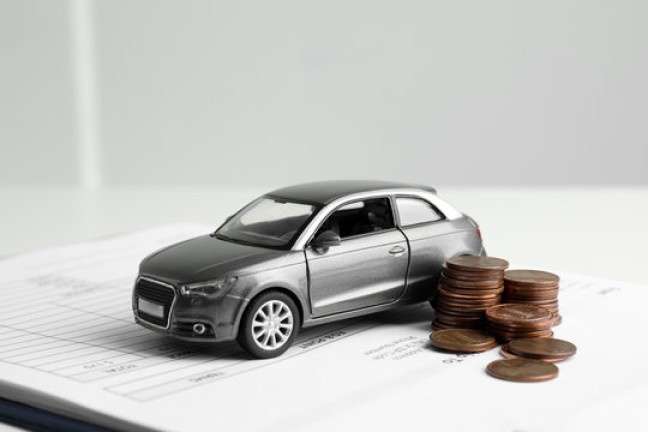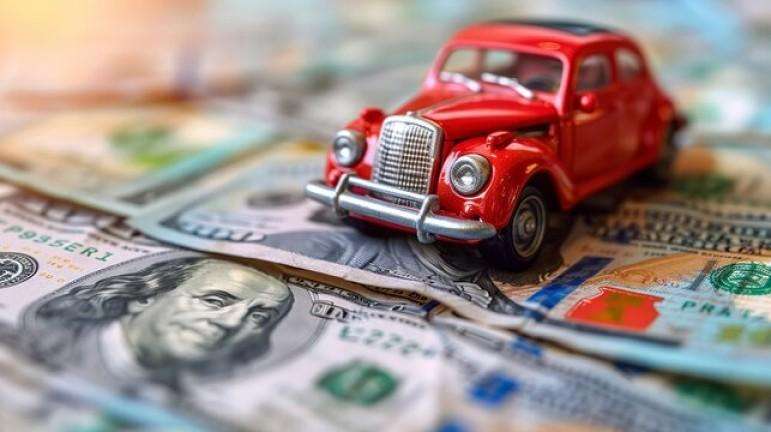Car finance can be a bit overwhelming, especially if you’re making your first car purchase. As I started my own journey to finance a car, I quickly realized there are various ways to approach it, and each option comes with its own set of benefits and drawbacks. In this article, I want to break down the car finance process in a way that’s easy to understand. I’ll also explore common terms, the different types of car finance, and help you decide which one is best for your situation.
Table of Contents
What Is Car Finance?
When I talk about car finance, I’m referring to the process of borrowing money to purchase a car. Unlike paying for a car outright, financing a car allows you to spread the cost over time, making it more affordable for many people. But car finance isn’t as simple as taking out a loan and making regular payments. There are different ways to finance a car, each suited to different needs and financial situations.
Types of Car Finance
As I went through the process of choosing a car finance option, I discovered that there are several options available. These are the most common types of car finance:
- Personal Contract Purchase (PCP)
This is the most popular type of car finance in the UK. With a PCP deal, I would pay a deposit upfront and then make monthly payments for a set period (usually 2-4 years). At the end of the term, I’d have three options: pay a final balloon payment (which is a lump sum) to own the car, return the car, or trade it in for a new one. - Hire Purchase (HP)
Hire Purchase works a bit differently. In an HP agreement, I would pay a deposit and then make fixed monthly payments over an agreed term (usually 1-5 years). At the end of the term, I would own the car outright. - Leasing or Personal Contract Hire (PCH)
This is essentially renting a car for a long period (usually 2-4 years). I would make regular monthly payments, but at the end of the contract, I’d return the car with no option to buy. - Personal Loan
A personal loan from a bank or other lender can also be used to finance a car. With this, I would receive a lump sum of money and use it to buy the car outright, then pay back the loan in monthly installments. - Car Credit Card
This is less common, but some people choose to use a credit card to pay for their car purchase. With a credit card, I’d pay interest on the balance, which could make it a costly option in the long run.
Choosing the Right Car Finance Option
When it comes to choosing the best car finance option, there isn’t a one-size-fits-all answer. I’ll break down some key factors to consider when choosing the right option for you.
Monthly Payments
For most people, monthly payments are a critical factor. I know I didn’t want to stretch my budget too far, so I looked closely at my monthly expenses. With a PCP or HP deal, the monthly payments are typically lower than if I were to use a personal loan or credit card. However, I need to keep in mind that with PCP, the final balloon payment could be quite large, while HP would mean higher payments but a guaranteed ownership of the car at the end of the term.
Ownership
If ownership is important to me, then HP or a personal loan may be better. With both options, I own the car at the end of the agreement. With PCP, I have the option to return the car or make a balloon payment, but I wouldn’t own the car unless I pay that lump sum.
Flexibility
PCP offers more flexibility because of the option to return the car or trade it in for another. This might be appealing if I like having a new car every few years. Hire Purchase is more rigid, and leasing leaves me with no option to own the car.
Interest Rates
I found that interest rates can vary significantly depending on the type of finance I choose. For example, if I’m considering a personal loan, I would need to shop around for the best rates, as they can vary from lender to lender. PCP deals, on the other hand, may offer promotional interest rates, but there could be hidden fees or terms that make the total cost higher.
Total Cost
One thing I quickly realized is that the cheapest monthly payment doesn’t always mean the cheapest overall cost. For example, I might find a low-interest PCP deal, but when I add the balloon payment at the end, the total cost could be higher than if I had gone with a Hire Purchase agreement. In general, with a personal loan or HP, the car is mine once the loan is paid off, but with PCP, I have to make the balloon payment if I want to keep the car.
Comparison of Car Finance Options
Let’s break it down in a simple comparison table to illustrate the key differences:
| Finance Type | Monthly Payment | Deposit Required | Ownership at End of Term | Flexibility | Interest Rates | Example Car Value | Example Monthly Payment | Example Total Cost |
|---|---|---|---|---|---|---|---|---|
| Personal Contract Purchase (PCP) | Low | 10%-20% | Option to Buy or Return | High | Low | £20,000 | £300 | £20,500 |
| Hire Purchase (HP) | Medium | 10%-20% | Owns at End | Low | Medium | £20,000 | £400 | £24,000 |
| Leasing (PCH) | Low | No Deposit | No Ownership | Low | High | £20,000 | £350 | £18,500 |
| Personal Loan | Medium | 0%-20% | Owns Immediately | Low | Medium | £20,000 | £400 | £22,000 |
This table gives a simple view of what to expect with each type of car finance. Depending on the type of car I choose and my preferences, the total cost, monthly payment, and flexibility can vary greatly.
Calculating the True Cost of Car Finance
Let me walk you through an example calculation. Suppose I choose a PCP deal for a £20,000 car with a 10% deposit (£2,000) and a 4-year term. The monthly payment is £300, and the balloon payment at the end is £10,000.
Here’s how the total cost breaks down:
- Deposit: £2,000
- Monthly Payments: £300 x 48 months = £14,400
- Balloon Payment: £10,000
- Total Cost: £2,000 + £14,400 + £10,000 = £26,400
As you can see, while my monthly payments are relatively low, the balloon payment makes the total cost significantly higher. If I choose to return the car at the end, I wouldn’t need to pay the balloon payment, but the total cost is still higher than an HP deal with a similar monthly payment but no balloon payment.
Additional Considerations
As I’ve learned, there are other factors that influence the decision of how to finance a car. One of those is the potential for early repayment. Some financing agreements allow for early repayment with no penalty, but others charge a fee. If I find that I’m able to pay off the loan early, it could save me a significant amount of interest.
Another factor is insurance. With some car finance options, like leasing, I may need to purchase comprehensive insurance to protect the vehicle, while other options may allow me to choose a more basic level of coverage.
Conclusion
Choosing the right car finance option depends on your budget, your desire for ownership, and your long-term financial goals. As I’ve learned through this process, it’s crucial to look beyond the monthly payment and understand the full cost of the finance deal. It’s also important to consider how flexible the deal is and whether it fits with my lifestyle. By taking the time to compare options and calculate the total cost, I can make an informed decision and find a car finance deal that suits my needs.





